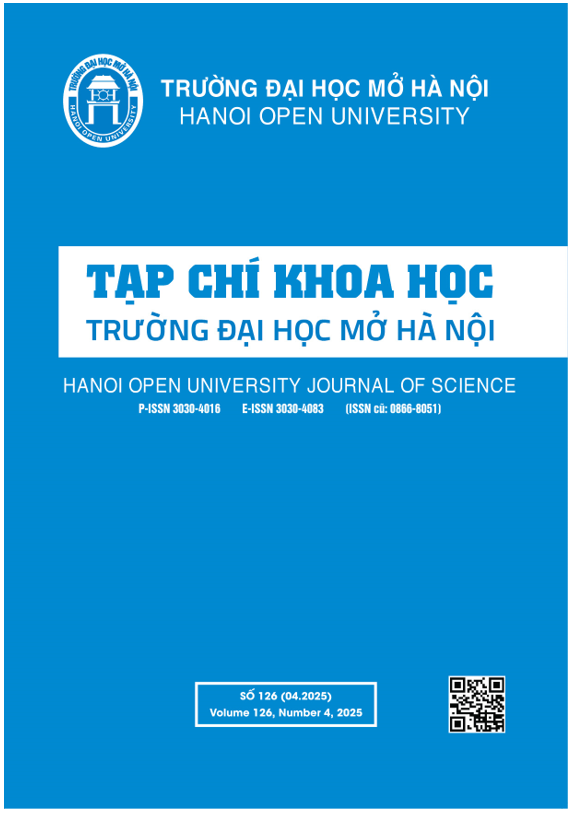EXPANDING COOPERATION BETWEEN EDUCATIONAL INSTITUTIONS AND BUSINESSES IN TRAINING HIGH-QUALITY ACCOUNTING HUMAN RESOURCES IN VIETNAM
DOI:
https://doi.org/10.59266/houjs.2025.565Từ khóa:
training, university-business cooperation, accounting, human resources, VietnamTóm tắt
In the era of global integration and the digital economy, human resources in the accounting industry are the backbone of businesses. Therefore, the demand for high-quality accounting professionals has become more pressing than ever. Consequently, educational innovation in accounting training and strengthening cooperation between educational institutions and businesses are crucial to enhancing the quality of accounting human resources in Vietnam. This article explores the current challenges in Vietnam’s accounting educational system and presents successful international training models while proposing recommendations for bridging the gap between academia and industry. By using a mixed-method approach, the research incorporates surveys, interviews, and secondary data analysis to assess the effectiveness of current accounting training programs. According to findings, only 30% of surveyed students reported being capable of immediately handling accounting tasks, and corporate employers supposed that a number of accounting graduates cannot take over the work of a real accountant because of weak professional skills and a lack of experience in actual business transactions. Additionally, only a few universities have formal partnerships with businesses to offer the future workforce a valuable chance of practical experience. Hence, the study provides information about international accounting education models, including Norway's 2+2 vocational systems, Ireland's integrated certification programs, and Germany's dual training model. Thereby, universities in Vietnam can apply innovative curricula in their educational systems, such as curriculum co-development with businesses, industry internships, and global certifications, with a view to training a highly skilled, professional accounting workforce, meeting global industry demands.
Tài liệu tham khảo
[1]. Anderson, L. W., & Krathwohl, D. R. (2001). A Taxonomy for Learning, Teaching and Assessing: A Revision of Bloom’s Taxonomy of Educational Objectives. Longman: New York. USA. (pp. 17 – 23). ISBN: 0-321-08405- 5978-0-321-08405-7.
[2]. Dang, V. H., & Ha, T. D. (2004). Theory of University Teaching, 13th ed. Pedagogical University Publishing House: Ha Noi. Vietnam.
[3]. Education Communication Center. (2020). Strategic Cooperation on Education between Vietnam and New Zealand for the 2020-2023 Period. Minister of Education and Training in Vietnam. https://moet. gov.vn/giaoducquocdan/hoi-nhap- quoc-te-ve-gddt/Pages/Default. aspx?ItemID=6804.
[4]. Marzano, R. J. (2013). The Art and Science of Teaching. Vietnam Education Publishing House: Ha Noi. Vietnam.
[5]. Minh Giang. (2024). Planning of the University Network: Many Schools Struggling to Survive. Tuoi Tre Newspaper. https://tuoitre.vn/quy-hoach-mang-luoi-dai-hoc-nhieu-truong-lay-lat-ton-tai-20240112085744506.htm.
[6]. National Assembly of the Socialist Republic of Vietnam. (2014). Law on Vocational Education.
[7]. National Assembly of the Socialist Republic of Vietnam. (2018). Law on Higher Education.
[8]. Ranking Web of Universities (2024). Webometrics Rankings of Asian Universities: Vietnam Section. https:// www.webometrics.info/en/Asia_es/ Vietnam.
[9]. Vu, C. D. (2006). Methodology of Scientific Research. (pp. 20-39). Publication of Science and Technology: Ha Noi. Vietnam.
